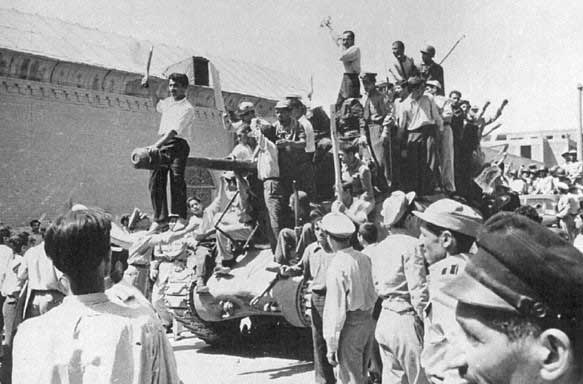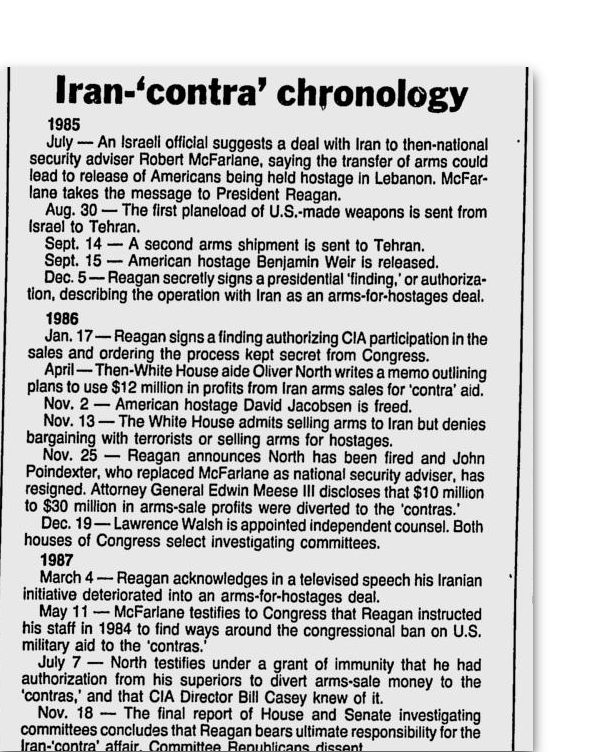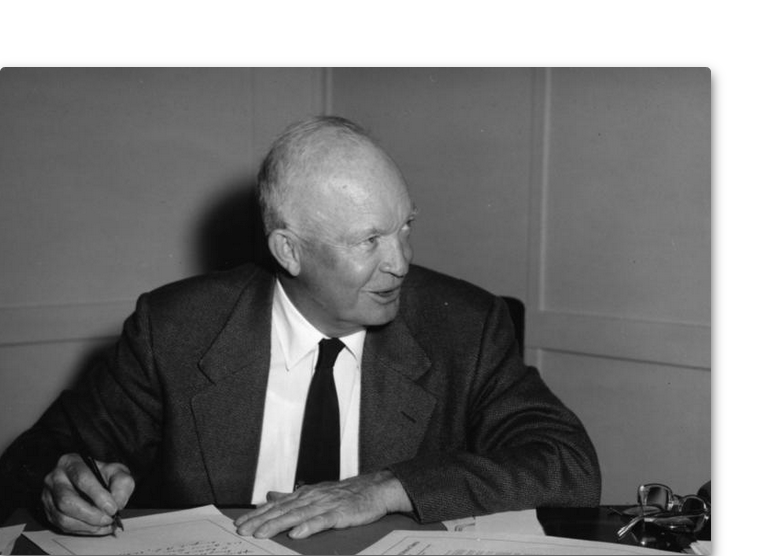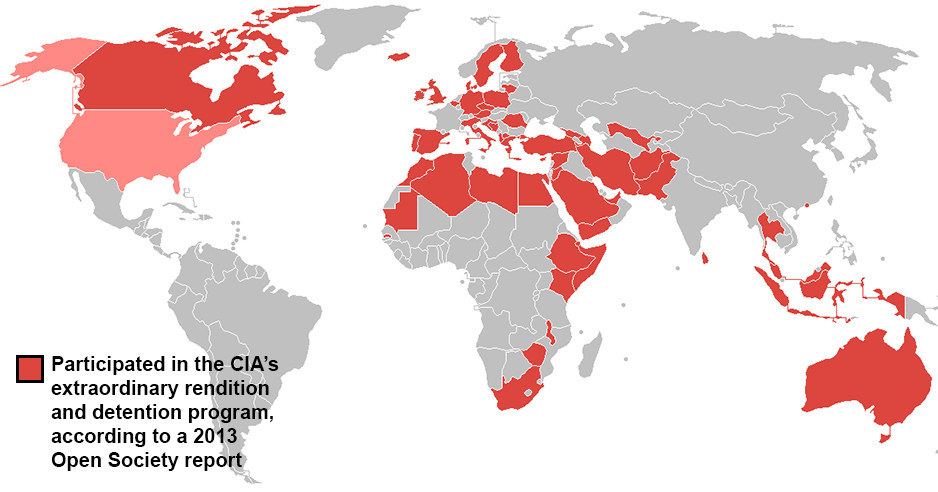The Central Intelligence Agency joined Facebook and Twitter Friday, noting in a post on their website “CIA goes social.”
Their first tweet was even a joke!
We can neither confirm nor deny that this is our first tweet.
In the press release announcing the accounts the CIA said they intended to have "tbt (Throwback Thursday) photos, reflections on intelligence history, and fun facts from the CIA World Factbook."
This week, the CIA expanded its social media presence with the launch of official social media accounts on Twitter and Facebook.
Follow us on Twitter @CIA and on Facebook for the latest CIA updates, #tbt (Throwback Thursday) photos, reflections on intelligence history, and fun facts from the CIA World Factbook. You'll also receive updates on CIA career postings and get the latest glimpse into CIA's Museum—the best museum most people never get to see. Our social media expansion will put CIA.gov content right at your fingertips.
The launch expands CIA's online presence, which already includes the Agency's public website, CIA.gov and CIA.gov mobile, and official Flickr and YouTube accounts. In the coming weeks, look out for other CIA.gov enhancements, including live streaming capabilities via Ustream.
Here are five "Throwback Thursday" post suggestions for the CIA:
1. The CIA's role in the 1953 Iranian coup d'état (which the CIA denied involvement in until 2013).

2. The CIA's "enhanced interrogation" of terror suspects with methods such as waterboarding, cold cell, long-time standing, and sleep deprivation.

3. The time a CIA-led drone strike killed Abdulrahman al-Awlaki, a 16-year-old boy and American citizen. Abdulrahman was the son of Al-Qaeda in the Arabian Peninsula member Anwar al-Awlaki.

4. Anything related to the Iran-Contra scandal:

5. The CIA's role in the 1954 Guatemalan coup d'état that helped install a military dictatorship.

6. The CIA's role in extraordinary rendition, the extrajudicial transfer of terrorism suspects during the "War on Terror" to countries known to employ torture.

